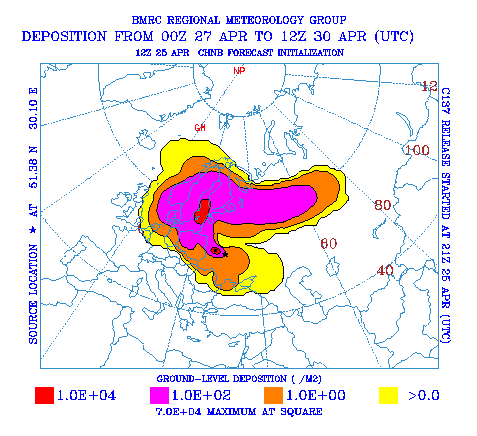Life has had billions of years to evolve defences against free radicals, reactive oxygen compounds and other physical and chemical assaults that can damage cell components, including our genetic material, DNA. Those same, powerful defense mechanisms protect us from low levels of ionizing radiation - from the cosmic rays that strike the earth surface to the radioactive particles continually released from the earth's crust into the air around us.
Yet today the words 'radiation' and 'radioactivity' cause unwarranted fear, argues Zbigniew Jaworowski of the Central Laboratory for Radiological Protection in Warsaw, Poland.
Writing in the current issue of the International Journal of Low Radiation from Inderscience publishers, he suggests that because life evolved alongside ionizing radiation, we can cope far better with low doses of radioactivity than is often thought. He says that changing our perspective on radiation could reduce the costs to society of the precautionary principle adopted in the aftermath of the Chernobyl incident.

"As such, low levels of ionising radiation is one of the smallest risks in the environment, and causes a tiny amount of the spontaneous damage to DNA in our bodies," he says.
When life began on Earth almost 4 billion years ago, background radiation levels were five times higher than those we experience today. Life adjusted well, as it did to all other forms of energy to which it was exposed - heat, light, electromagnetic. This adjustment took two forms. The first suggests that exposure to low doses of radiation actually stimulates repair mechanisms that protect organisms from disease and may actually be essential for life. The second involves the development of the biochemical systems that protect organisms against the noxious effects of ionising radiation.
One thing life did not apparently do was to evolve an organ that can detect radiation. This lack of a radiation sense points to the fact that living organisms have no need to detect such a low risk phenomenon. Indeed, ionising radiation only seems exotic and mysterious to some people because it was not discovered until relatively recently, unlike light and heat say.
It is nevertheless nothing more than another form of energy. The perceived distinction has serious negative consequences but has no scientific basis says Jaworowski.
Given this new perspective, Jaworowski says that the Linear No Threshold (LNT) model of radiation effects is inappropriate to current needs. However, for statistical reasons the LNT cannot be falsified and so the precautionary principle is often adopted at, what he says is, an unacceptable societal cost. LNT is based on outdated genetic experiments, which are not supported by findings from Hiroshima and Nagasaki, says Jaworowski, where no adverse genetic effects have been found in the children of those survivors exposed to high levels of radiation.
The so-called "precautionary principle", which seeks to reduce exposure to ever lower levels and at any cost, has not proved to be "cautionary" at all. "It has led to unacceptable societal penalties, as clearly demonstrated in the aftermath of the Chernobyl catastrophe," he explains, "The time has come to change the LNT paradigm and to base radiological safety and protection on modern knowledge and the realities of the natural radiation environment."
Article: "The paradigm that failed" by Zbigniew Jaworowski in International Journal of Low Radiation, 2008, vol 5, pp 151-155






Comments